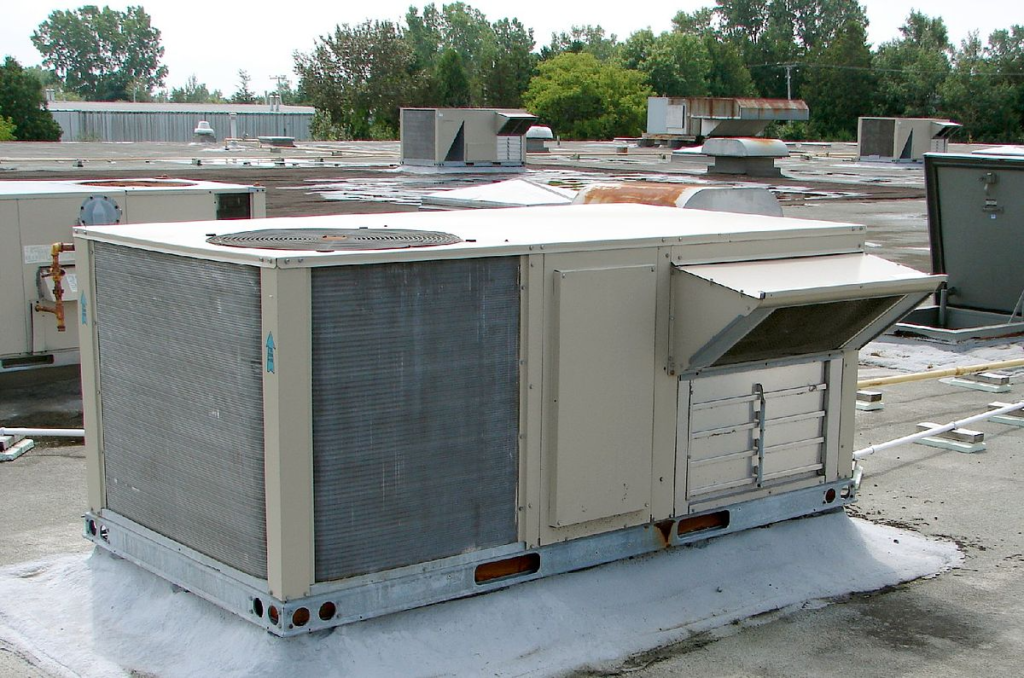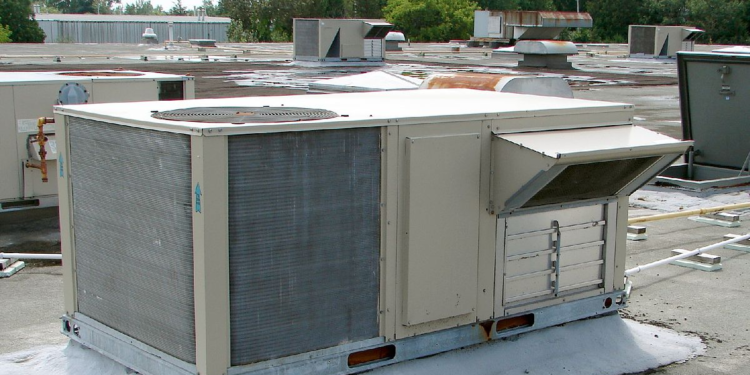When it comes to creating a comfortable living environment, few things are as crucial as a well-functioning HVAC (Heating, Ventilation, and Air Conditioning) system. Whether you’re building a new home or considering an upgrade, understanding the ins and outs of HVAC installations is key to achieving optimal indoor comfort. In this comprehensive guide, we’ll explore the importance of HVAC systems, the different types available, and the essential steps to ensure a successful installation for your home.
The Importance of a Quality HVAC System
An HVAC system regulates indoor temperature, providing warmth during chilly winters and cool relief in the scorching heat of summer. Proper ventilation and air filtration are integral to maintaining healthy indoor air quality. A well-designed HVAC system helps remove pollutants and allergens, creating a cleaner and safer living space.
Modern HVAC systems come with energy-efficient features, helping homeowners reduce energy consumption and lower utility bills. An efficient and well-maintained HVAC system can enhance the overall value of your property, making it an attractive feature for potential buyers.
Types of HVAC Systems
Split HVAC systems consist of both indoor and outdoor components. The indoor unit contains the evaporator coil and air handler, while the outdoor unit houses the compressor and condenser coil. This common setup is suitable for homes with existing ductwork.
Ideal for homes without ductwork, ductless mini-split systems have an outdoor unit connected to one or more indoor air-handling units. These units can be installed in individual rooms, offering customized temperature control.
In packaged HVAC systems, all components are housed in a single outdoor unit. This compact design is often used in smaller homes or where space is limited.
Combining the efficiency of a heat pump and the reliability of a furnace, hybrid systems automatically switch between heating sources to optimize energy usage, making them suitable for various climates.
Assessing Your HVAC Needs
Before embarking on an HVAC installation journey, assess your specific heating and cooling needs. Factors such as climate, the size of your home, insulation, and local building codes play a crucial role in determining the type and capacity of the HVAC system that suits your requirements.

Selecting the Right HVAC Professional
A successful HVAC installation heavily relies on the expertise of a qualified professional and which company you choose an HVAC service from. Research local HVAC contractors, read reviews, and ask for recommendations from friends or neighbors. Ensure that the chosen professional is licensed, insured, and has experience with the type of HVAC system you plan to install.
HVAC professionals conduct load calculations to determine the heating and cooling requirements for your home. This process involves evaluating factors like insulation, windows, and square footage. Proper sizing ensures that the HVAC system operates efficiently, preventing issues such as inadequate heating or cooling and unnecessary energy consumption.
For homes with a ducted HVAC system, proper ductwork design and installation are critical. Leaks, gaps, or poorly insulated ducts can lead to energy loss and decreased system efficiency. Work with your HVAC professional to design a ductwork layout that maximizes airflow and minimizes energy waste.
Investing in an energy-efficient HVAC system not only benefits the environment but also saves you money in the long run. Look for systems with high Seasonal Energy Efficiency Ratio (SEER) ratings for cooling efficiency and Heating Seasonal Performance Factor (HSPF) ratings for heating efficiency.
Enhance the efficiency of your HVAC system by incorporating programmable thermostats or smart controls. These devices allow you to set temperature schedules, optimizing energy usage based on your daily routines. Some smart thermostats even learn your preferences over time, further improving efficiency.
Once your HVAC system is installed, regular maintenance is crucial for optimal performance and longevity. Schedule annual professional inspections, change air filters regularly, and keep outdoor units free from debris to ensure your system operates at peak efficiency.
Summary
Embarking on an HVAC installation journey is a significant step towards creating a comfortable and energy-efficient home. By understanding the importance of a quality HVAC system, exploring different types, assessing your specific needs, selecting the right professional, calculating load and sizing, designing efficient ductwork, considering energy efficiency, incorporating smart controls, and prioritizing regular maintenance, you can achieve the perfect balance of comfort and efficiency. Elevate your living experience by mastering the art of HVAC installations in your home.






